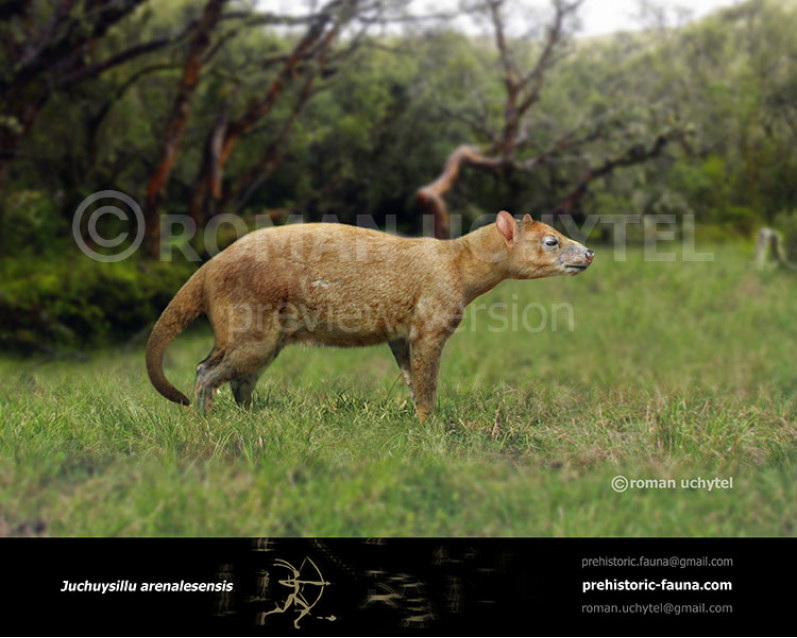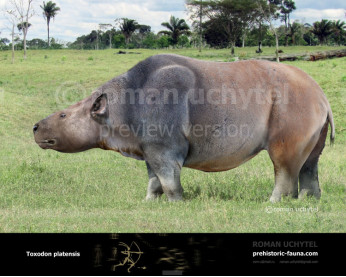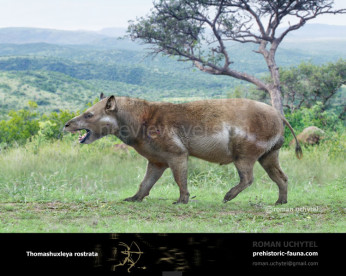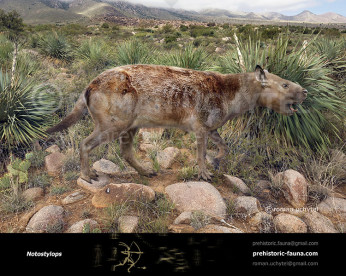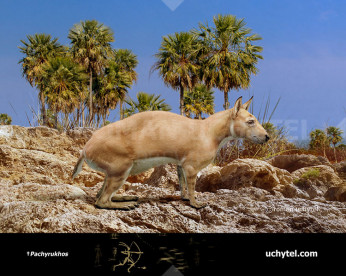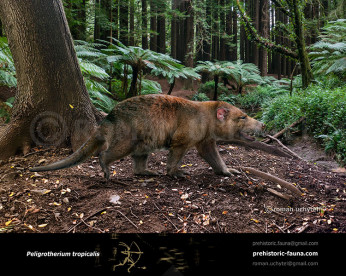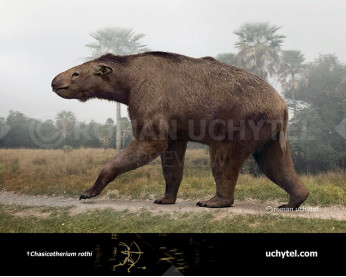Juchuysillu arenalesensis
501501
Juchuysillu arenalesensis (Juchuysillu arenalesensis (Croft & Anaya, 2020))
Order: †Notoungulata
Family: †Interatheriidae
Temporal range: inhabiting South America during the Miocene (~ 16~15 Ma)
Dimensions: length - 60 cm, weight - 1-2 kg
Juchuysillu arenalesensis is distinguished by its very small size. A phylogenetic analysis indicates that this animal represents a unique lineage within Interatheriinae. J. arenalesensis is one of two small typotheres at Nazareno Formation (southern Bolivia); its body mass is estimated at 1.1 kg. An updated faunal list for the Nazareno Formation includes 19 species of mammals pertaining to seven orders and 15 families; fragmentary turtle and bird (Phorusrhacidae) remains are also present. The precise age of Nazareno Formation vertebrates is unknown, but the presence of at least three notoungulate species shared with Cerdas suggests a similar (~16–15 Ma) age for the fossil-bearing levels.
Payment
You may use multiple payment methods to buy image such as credit cards, PayPal and bank transfer.
Juchuysillu arenalesensis (Juchuysillu arenalesensis (Croft & Anaya, 2020))
Order: †Notoungulata
Family: †Interatheriidae
Temporal range: inhabiting South America during the Miocene (~ 16~15 Ma)
Dimensions: length - 60 cm, weight - 1-2 kg
Juchuysillu arenalesensis is distinguished by its very small size. A phylogenetic analysis indicates that this animal represents a unique lineage within Interatheriinae. J. arenalesensis is one of two small typotheres at Nazareno Formation (southern Bolivia); its body mass is estimated at 1.1 kg. An updated faunal list for the Nazareno Formation includes 19 species of mammals pertaining to seven orders and 15 families; fragmentary turtle and bird (Phorusrhacidae) remains are also present. The precise age of Nazareno Formation vertebrates is unknown, but the presence of at least three notoungulate species shared with Cerdas suggests a similar (~16–15 Ma) age for the fossil-bearing levels.

